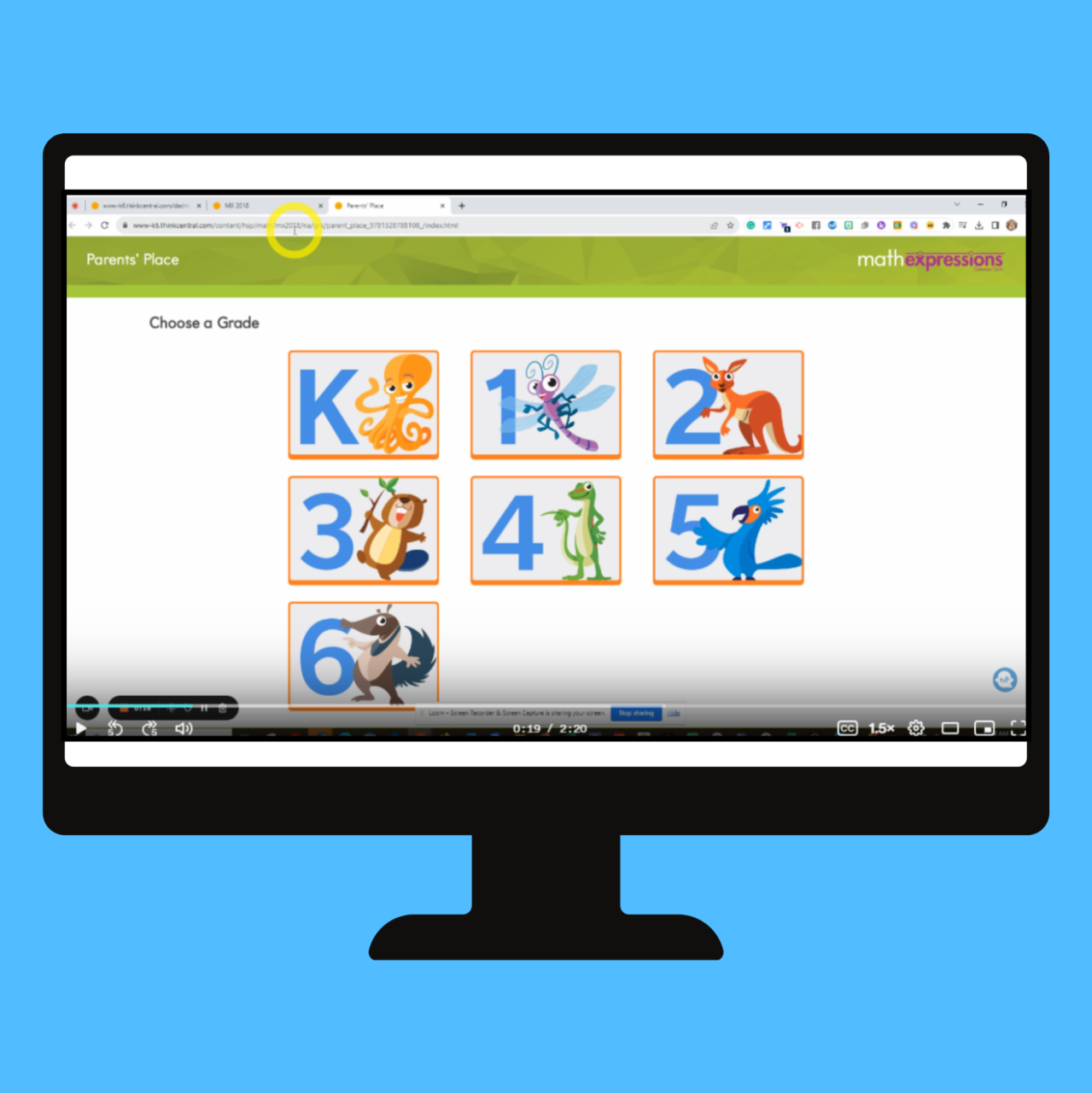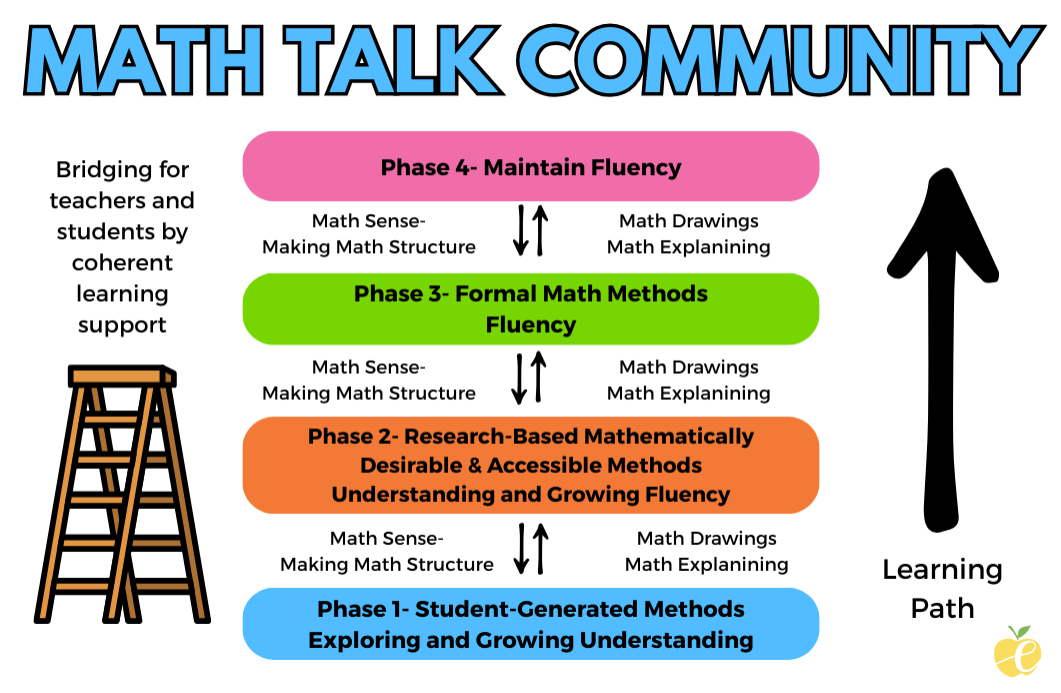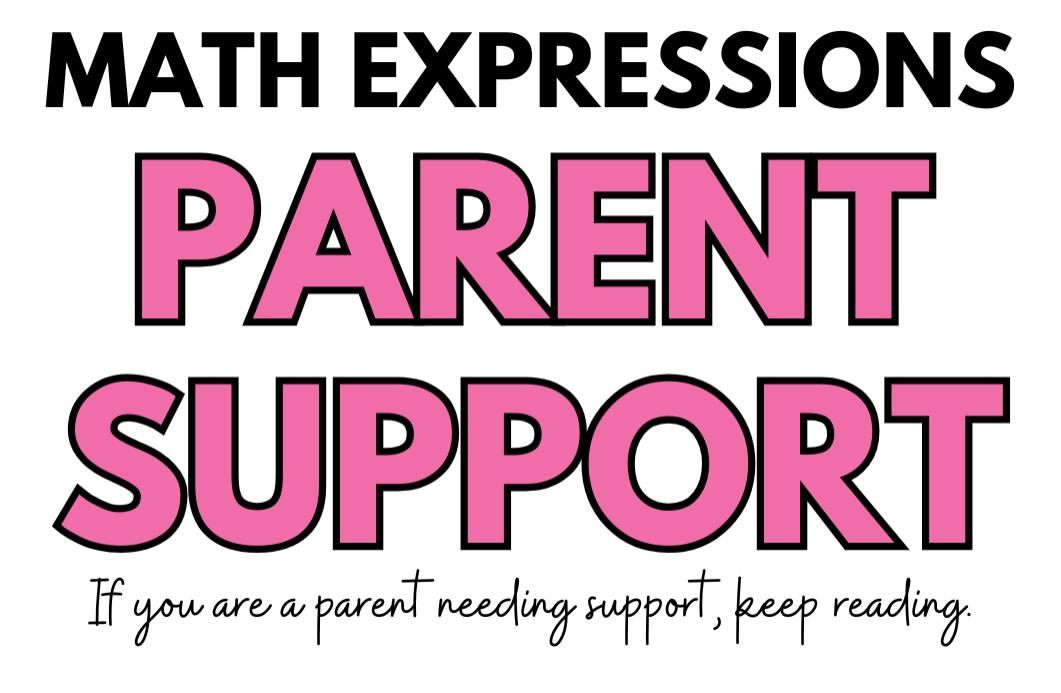
If you are a parent needing support for your Math Expressions student, keep reading.
If you are a teacher wanting to help parents with Math Expressions, click the button to the left.
how do most parents feel?
As a parent, you have many opportunities throughout any day to influence and teach your children. Sometimes that can happen deliberately, like when you show them how to tie their shoes; or it can happen unintentionally, as your children observe you doing things, like paying a cashier at a store for something you just purchased.
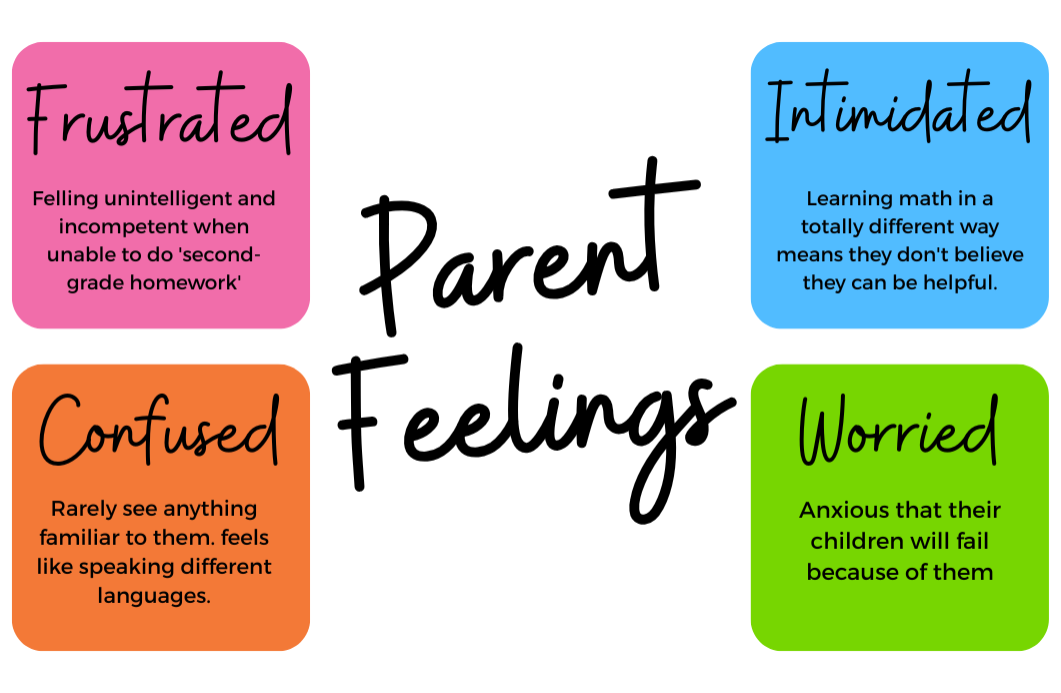
Credit: Dr. Hillary Kriesberg

Access Parent's Place Online
Currently, Parent's Place is accessible online, on Think Central.
Many districts have done work to help parents know where to access unit support. See this document from Jordan School district.
See the video explanation for more info on how to access.
Parents, once your student logs into the portal, they have an icon that says 'parent place.'
2026 Update: Think Central is migrating to a platform called FLIGHT. At this time, we do not have updated information to share.
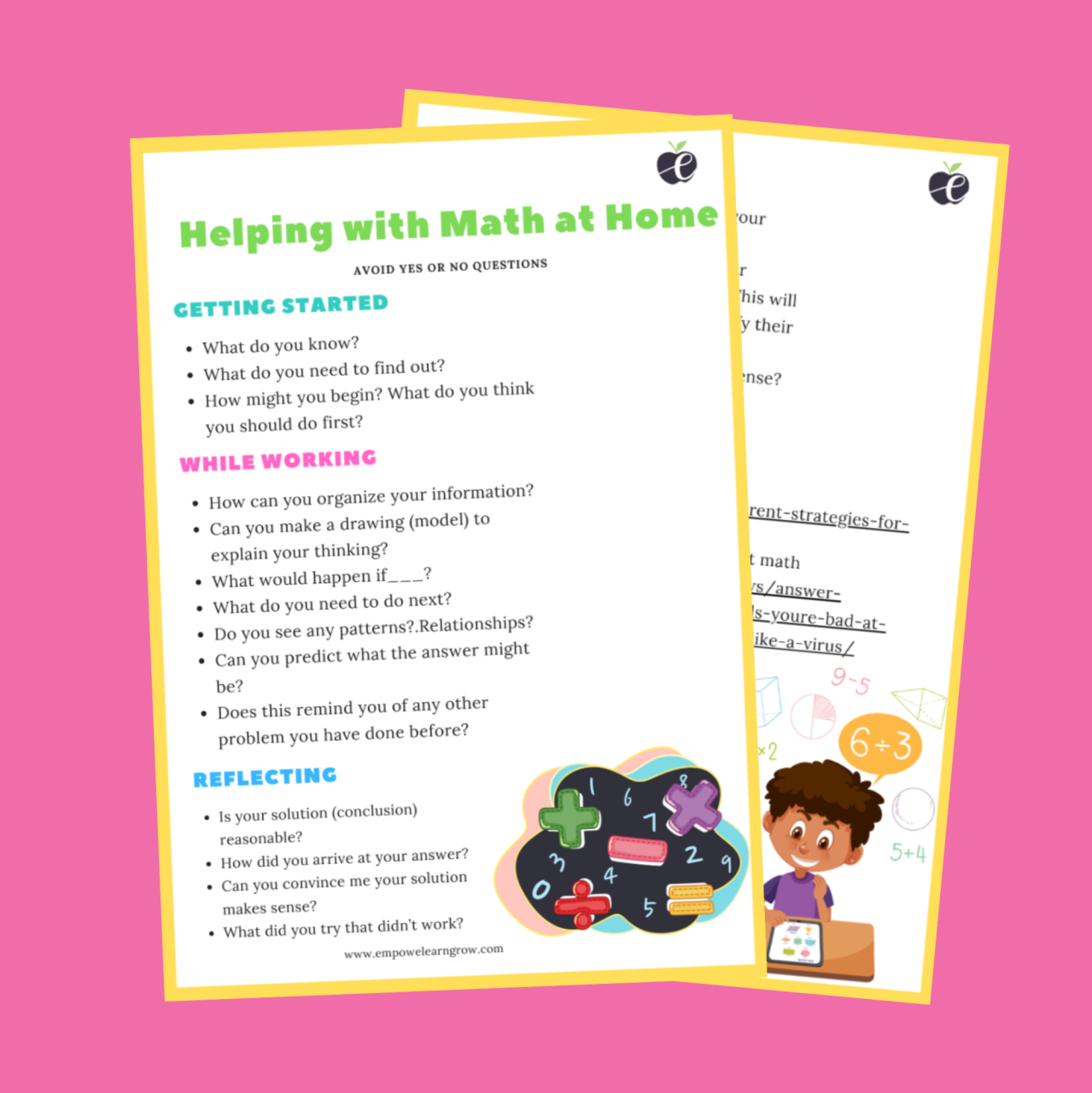
How to Help at Home
Here are some helpful guiding questions when helping students at home.
Your goal is to ensure students are still carrying the heavy load of thinking and doing. Getting the problem 'right' is not the goal. Understanding how to problem solve, what to do when they don't know, and trying what they 'think' will work is the goal.
Homework is a way for students to practice. If you help students get all of the answers right, but students still can't do problems on his/her own, then your help was not helpful. If they don't know how to do the work or the problems, this is good information for the teacher. Help your student, but let the teacher know they were unable to be independent.
This is not a bad thing. This is exactly the information your teacher needs.
Accessible Algorithms link
Math Expressions includes multiple researched based algorithms for most operations (addition, subtraction, multiplication, and division). Each algorithm presented helps children move closer and closer towards what most of us know as the U.S. Shortcut method, often nicknamed the 'traditional' method. Skipping straight to the traditional method often means students have memorized steps, but don't really understand what they are doing or why. This often makes place value or number sense issues worse.
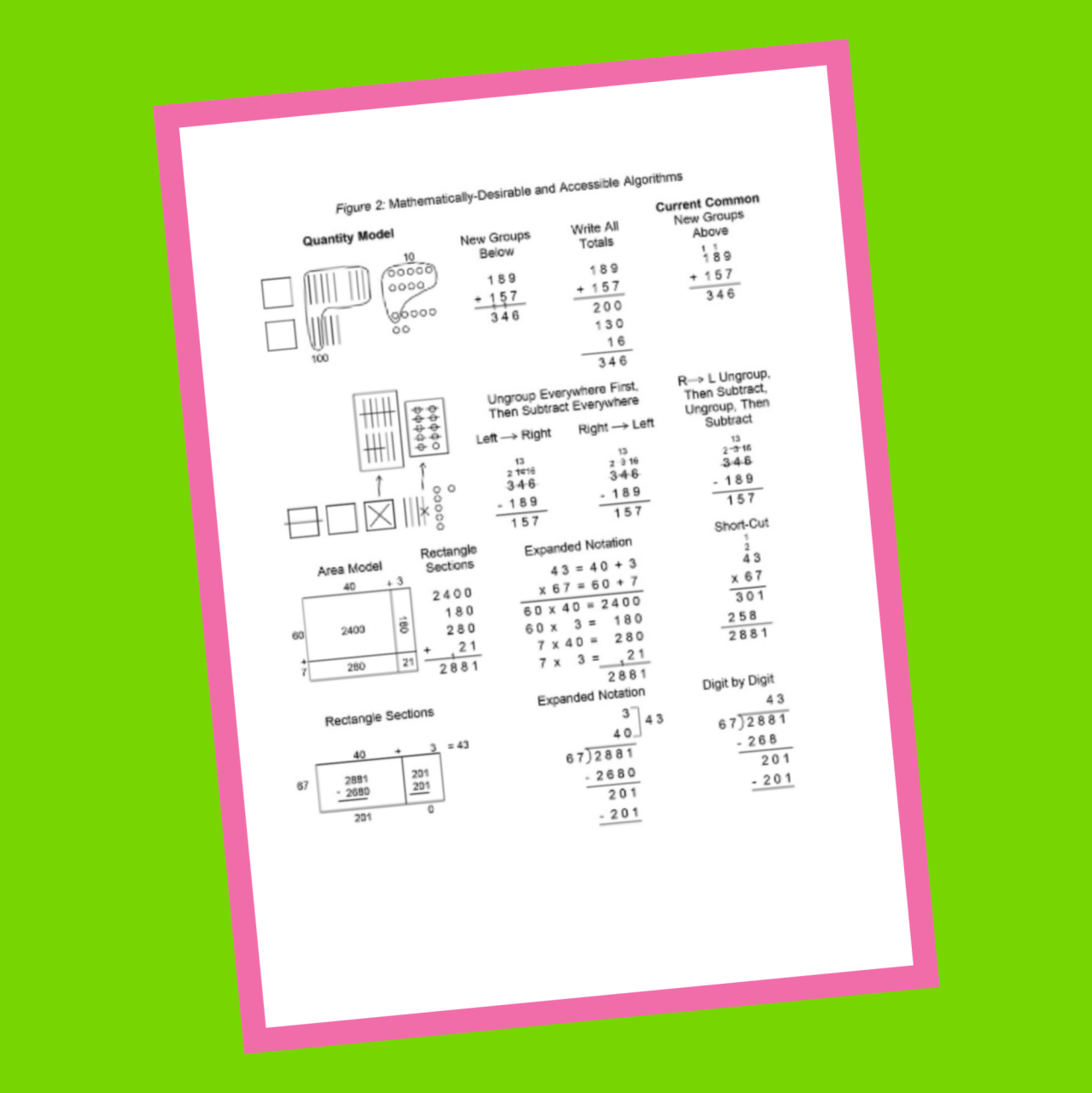
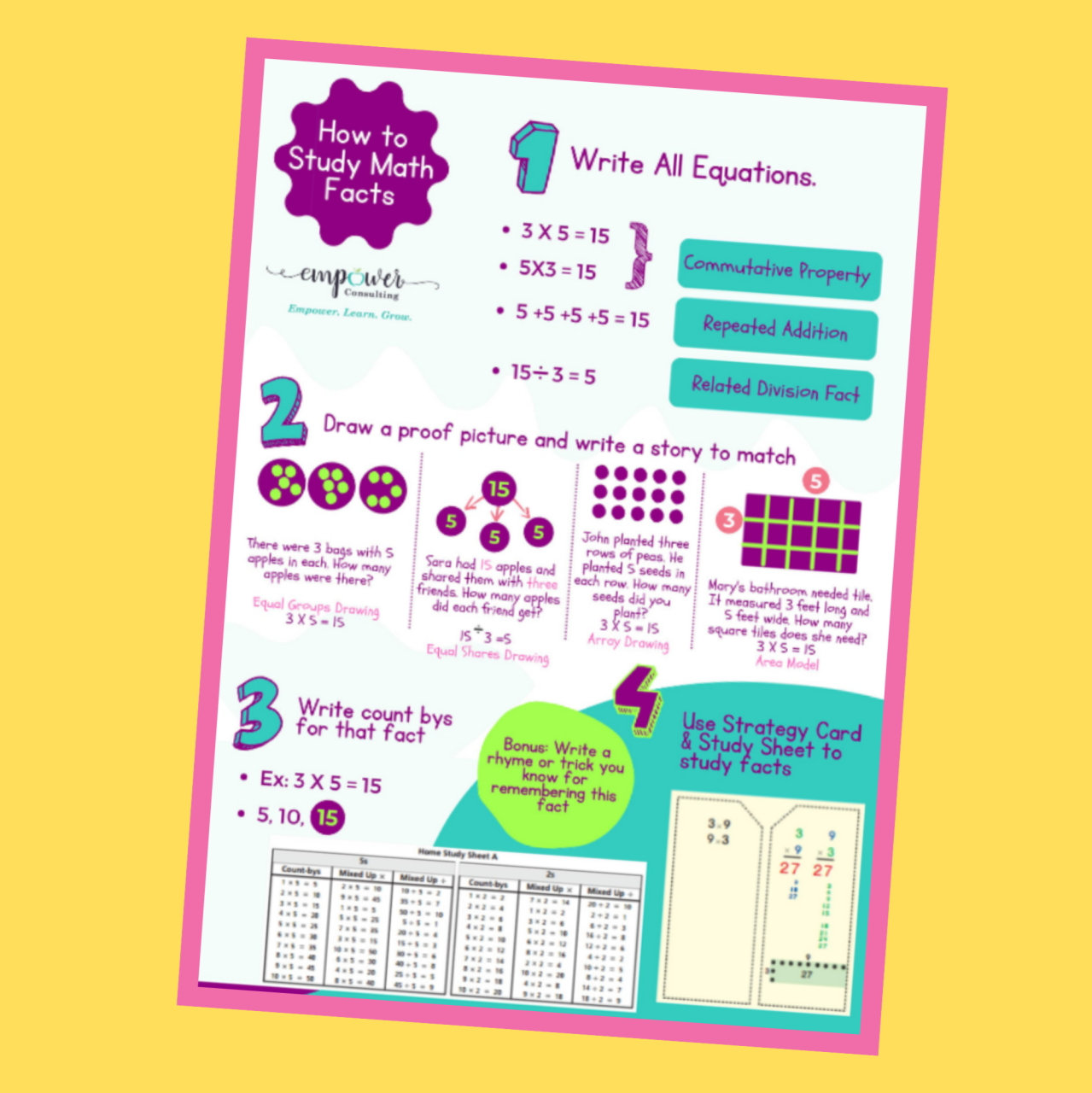
How to Study Your Math Facts at Home
Evidence shows the more students combine conceptual understanding with fluency practice, the more automatic with facts they will become.
For students in grades 3-5, use this sheet to help practice unknown facts. Stick to one sub-fact (like 5s) and see which multiplication and division facts they don't know. Apply these four steps to those unknown facts.
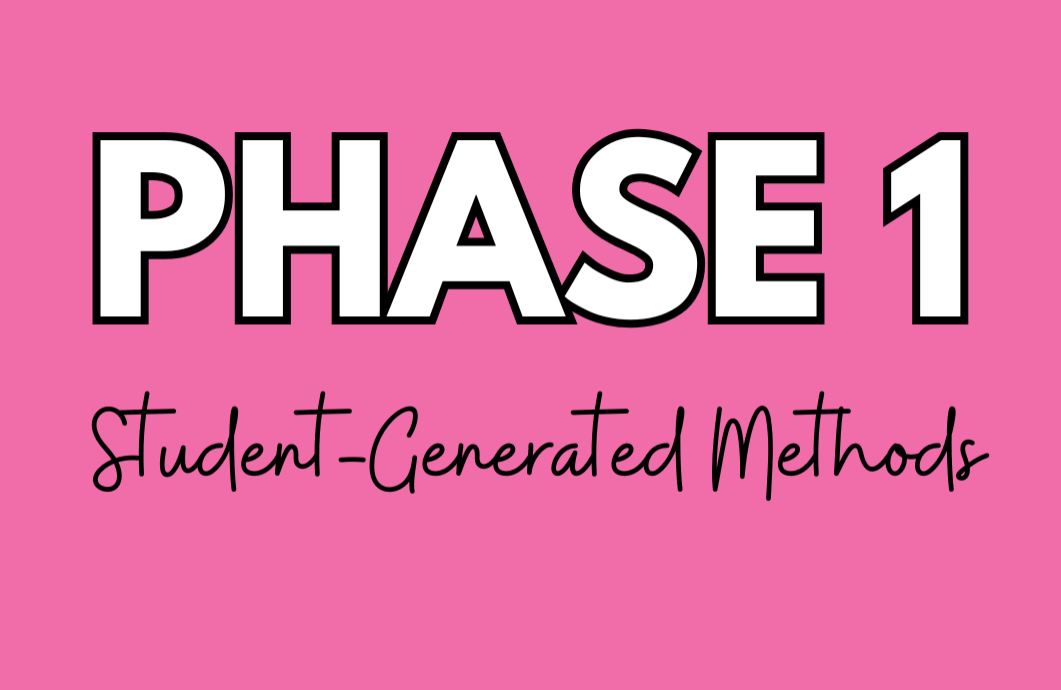
Inquiry Learning Path
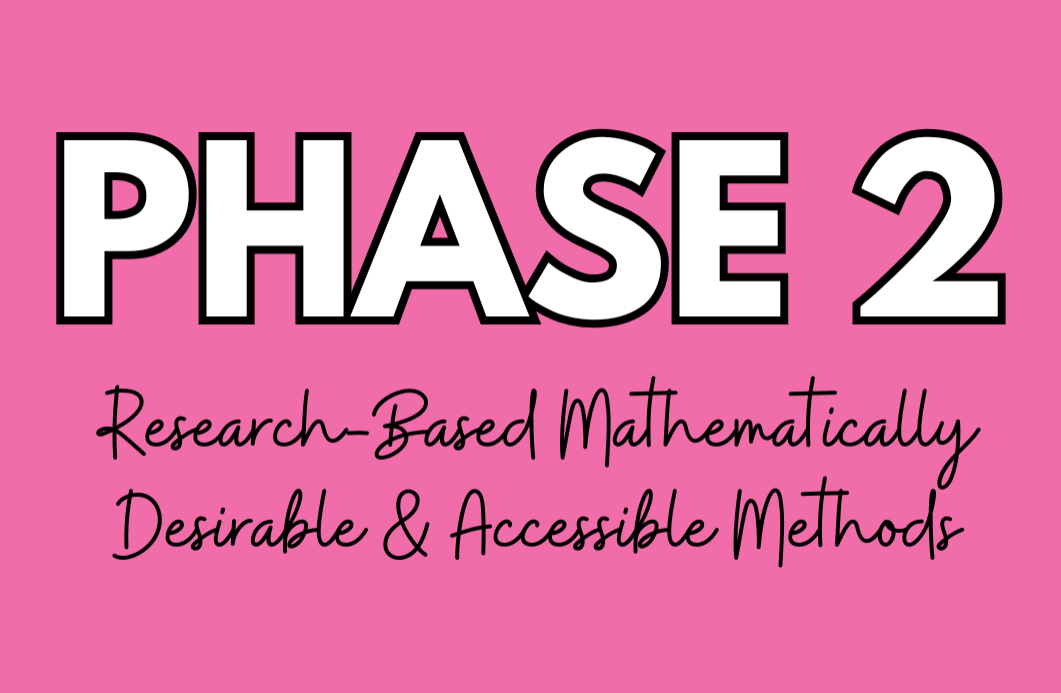
Phase 2
This phase is where we connect what they come up with to the researched-based algorithms we know will help build a strong foundation and help us get to efficient methods. In this phase, we connect, teach explicitly the methods, and ensure students can draw and explain (the why and the how) of their process.
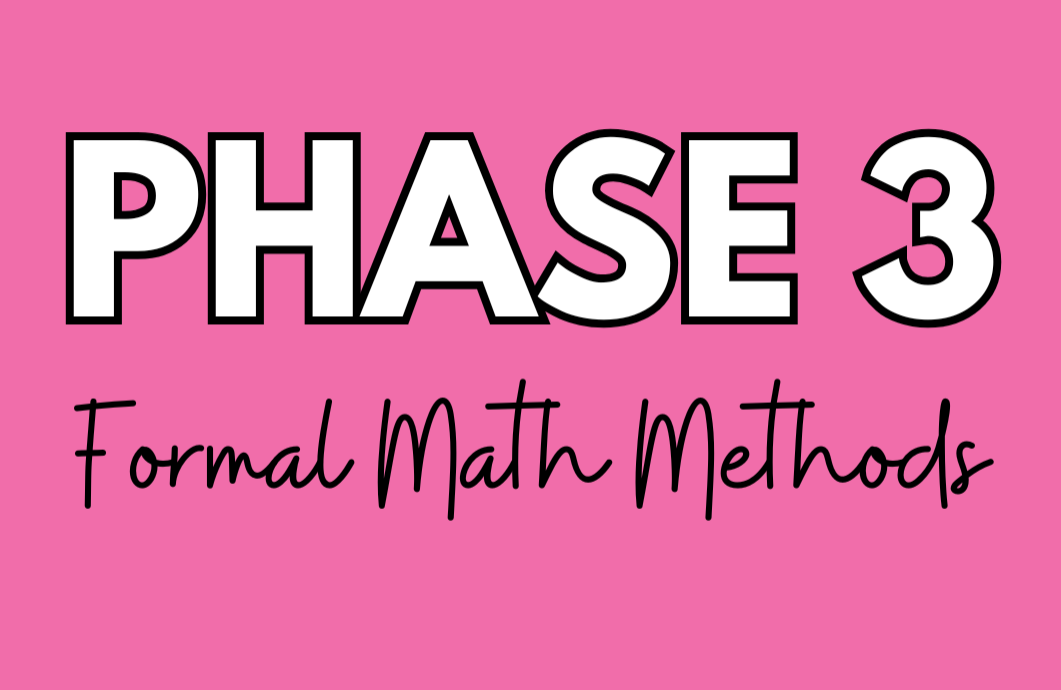
phase 3
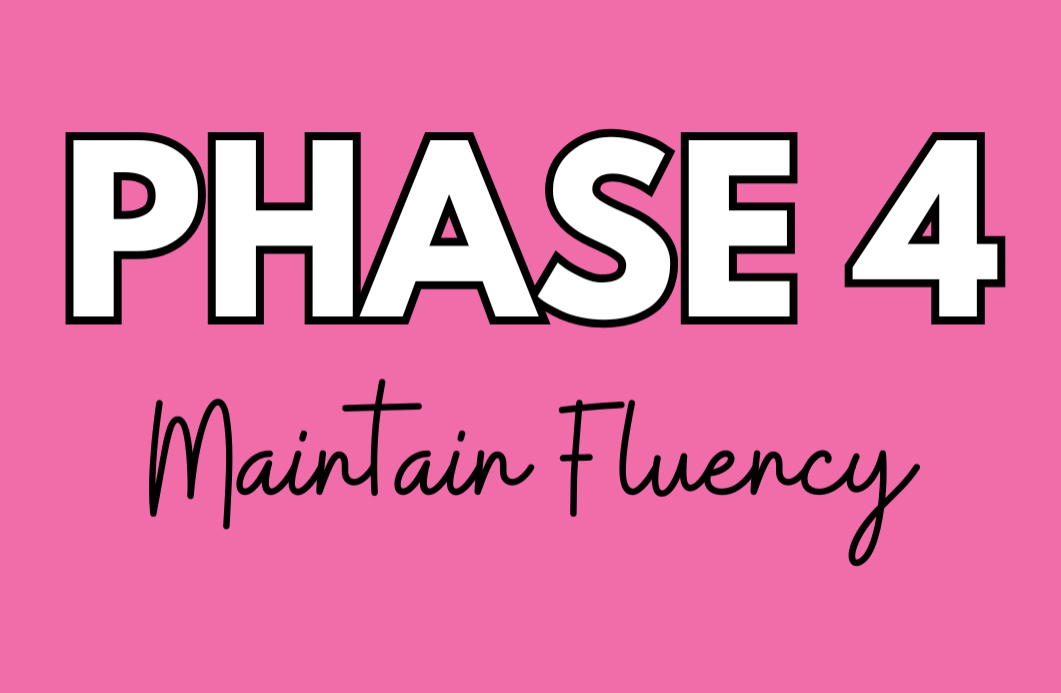
phase 4
In this phase, we are ensuring students do not forget what they have learned and that they are truly procedurally fluent. We accomplish this through our daily math routines and the 'remembering' side of their homework. We spiral review all of the skills we've learned so far so that we can commit the learning to long-term memory.
